Beasts stood all around us in Overton Park — rattling in bushes and hiding behind trees. We knew they were there, but we couldn’t see them, so we waited in the sweltering heat.
The server for the wildly popular Pokémon Go game had gone down just before sunrise on the day of a planned Pokéhunt in the park. I overheard a trainer — the term used for Pokémon Go players — say 27 countries were involved in an overload to the system on Friday night, as people the world-over searched for Pokémon.
“Even with the server going down, I’ve found myself walking around and seeing people who I know are playing it,” said Ryan Barnett, 28, who traveled from Atlanta to Memphis to catch Pokémon with a friend. “I see people coming out to a lot of areas where it didn’t seem like people were doing anything. Pokémon Go is getting people out.”
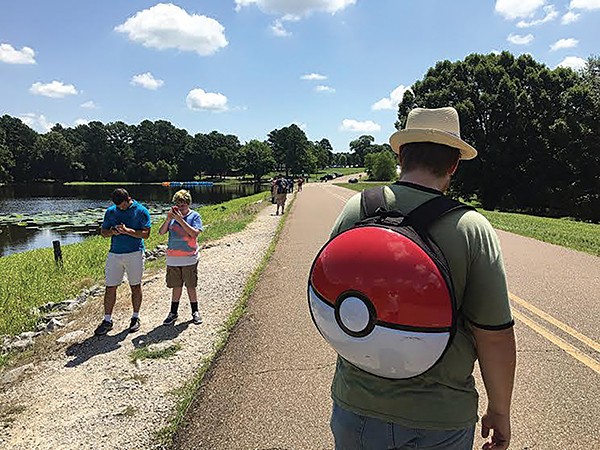
Pokémon Go players capture beasts at Shelby Farms Park.
Morale was high, even though the Pokéhunt, arranged by 26-year-old Memphis trainer Mark Brown, felt like a bust. More than 60 trainers stood on the Greensward, constantly refreshing their smartphones.
Suddenly a battle cry came from the back of the pack. “I’m in!” someone yelled, raising his smart phone into the sky. Trainers scurried in different directions. Pokémon of all varieties — Charmanders, Pidgeys, and Magikarp, to name a few — appeared by Rainbow Lake and the play-ground.
“I’m about to give up,” said Caleb Adams, 23, who wore a replica of Ash Ketchum’s backwards cap as he struggled to catch a Pokémon. Ash Ketchum is the main protagonist in the original Pokémon series.
“Would Ash give up?” a trainer shouted as he passed behind him.
Pokémon Go has taken the world by storm. Nathaniel Garner, a 14-year-old trainer, told me he’s collected more than 200 Pokémon since the game’s U.S. release earlier this month. The game’s use of augmented reality, which integrates computer-generated images over a user’s real-world view via the phone’s camera, has broken down the isolation of traditional gaming. The objective is to catch Pokémon, which as players advance, can be used in battle.
At Pokéstops — GPS pinpointed landmarks, parks, and museums — trainers forge real-life friendships and replenish game play resources, like the balls used to catch Pokémon. The Poké-verse allows users to evolve their Pokémon and level up. Once trainers reach level five, they pledge allegiance to one of three teams: Instinct (yellow), Mystic (blue), or Valor (red).
“People are becoming friends who would have never met if it wasn’t for this game,” said Kelsey Brown, 22, a level 20 member of Team Instinct with 130 Pokemon in her collection (called a Pokédex).
Multiple trainers at the Saturday event at Overton Park told me I could really see Pokémon Go‘s impact at Shelby Farms on Sunday, so I went. Hundreds of trainers, donning their team colors, traveled in clusters across the park’s 4,500 acres.
The massive turnout at Sunday’s event led the Shelby County Sheriff’s Office to issue a warning that anyone caught driving while playing Pokémon Go would be ticketed. According to a news release issued Monday from the sheriff’s office, a player was caught driving while playing in Shelby Farms after he nearly hit another player walking through the park.
But the game has had positive effects too. One trainer at Shelby Farms, 27-year-old Stephen Pullam, said the game is encouraging people who suffer from anxiety and depression to leave their homes and socialize.
“It’s a social environment where you know exactly what everyone is doing,” Pullam said. “You know you can talk to [other trainers] without feeling alienated.”
Pokémon Go shouldn’t be used as a treatment for depression, though, said Erik Carlton, an assistant professor in health systems management at the University of Memphis. But Carlton did say that people are reporting the natural side effects of physical activity.
“I would expect these initial positive experiences to coincide with the novelty of the experience and the energy it can create over a short period of time,” Carlton said. “However, for long-term positive effects, these physical activities would have to be translated into more productive, generative activities — exercise, work, social interactions, volunteering.”
Some Memphis trainers have bridged the game’s objectives with social work. One group bags trash while searching for Pokémon. Others, like 27-year-old Chris Baker, drive by St. Jude Children’s Research Hospital each week to drop lures (modules that attract Pokémon to a specific location) on the hospital for the patients.
“The kids have Pokémon coming to them instead of having to walk to them,” Baker said. “It’s giving them something to enjoy.”
 Shahar Azran
Shahar Azran 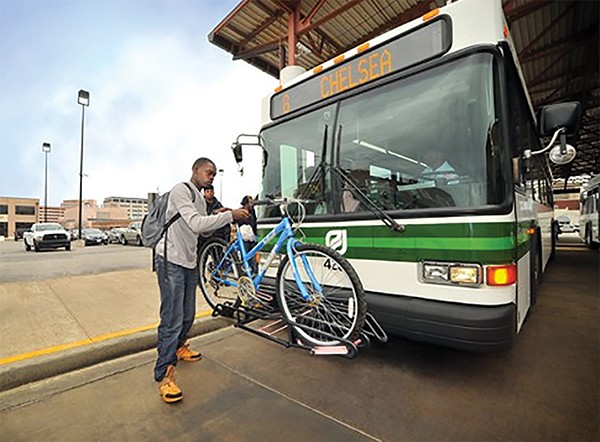
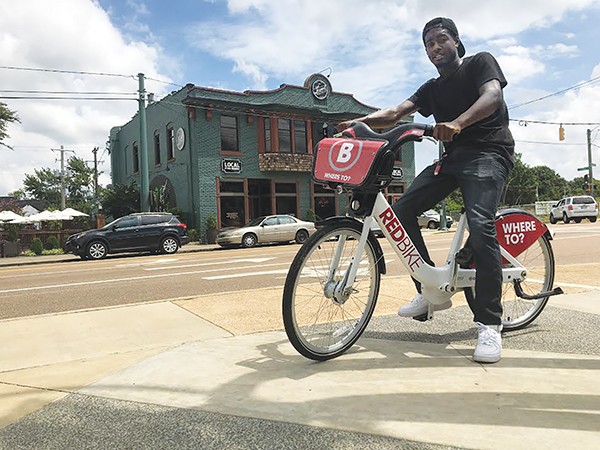 Joshua Cannon
Joshua Cannon  Courtesy of CodeCrew
Courtesy of CodeCrew 

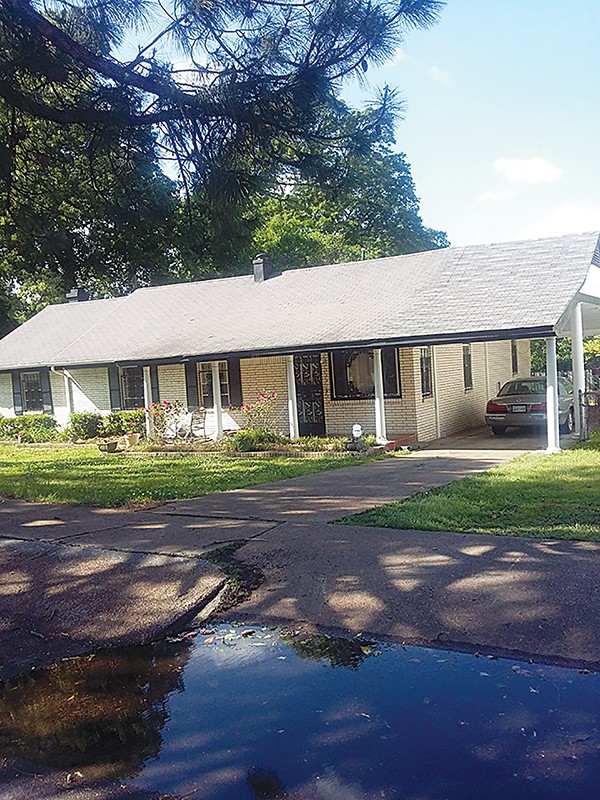 Rome Withers
Rome Withers 
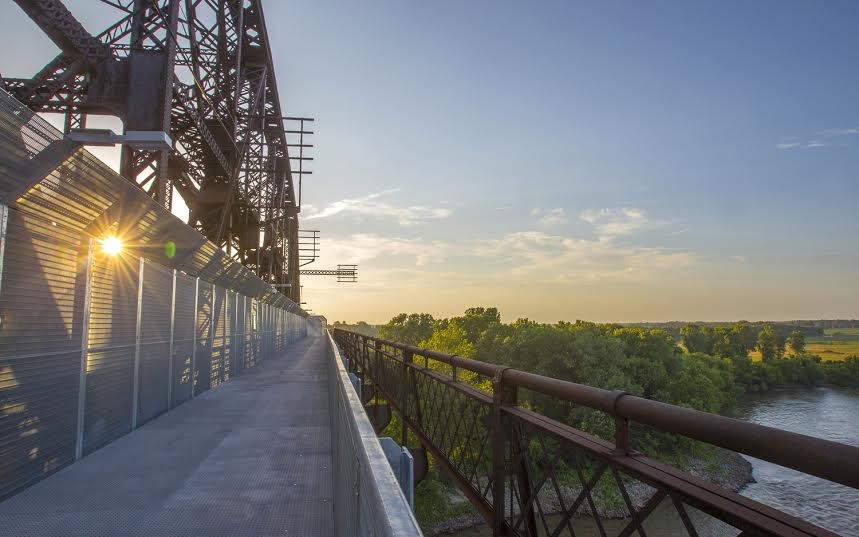
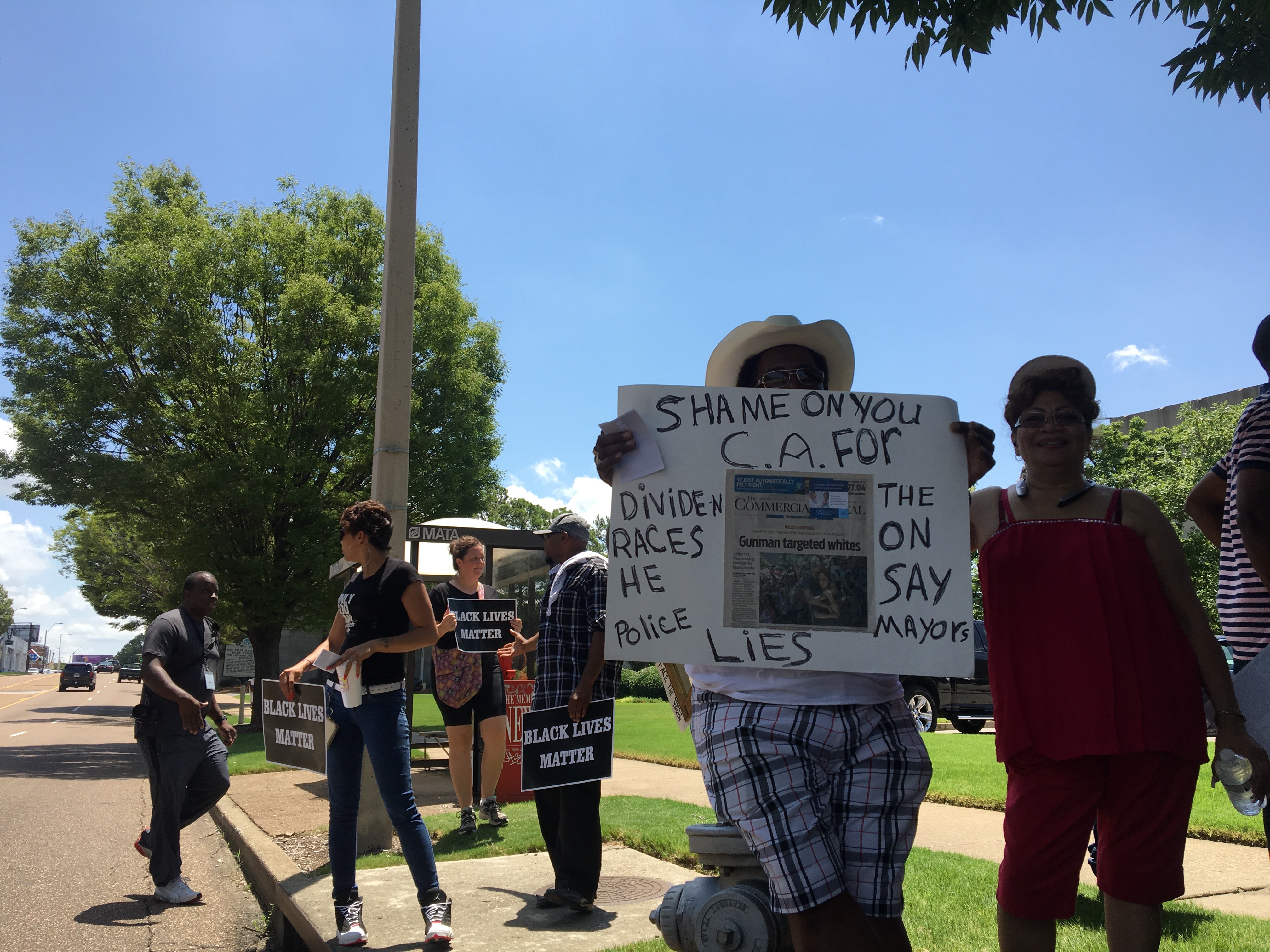 Joshua Cannon
Joshua Cannon 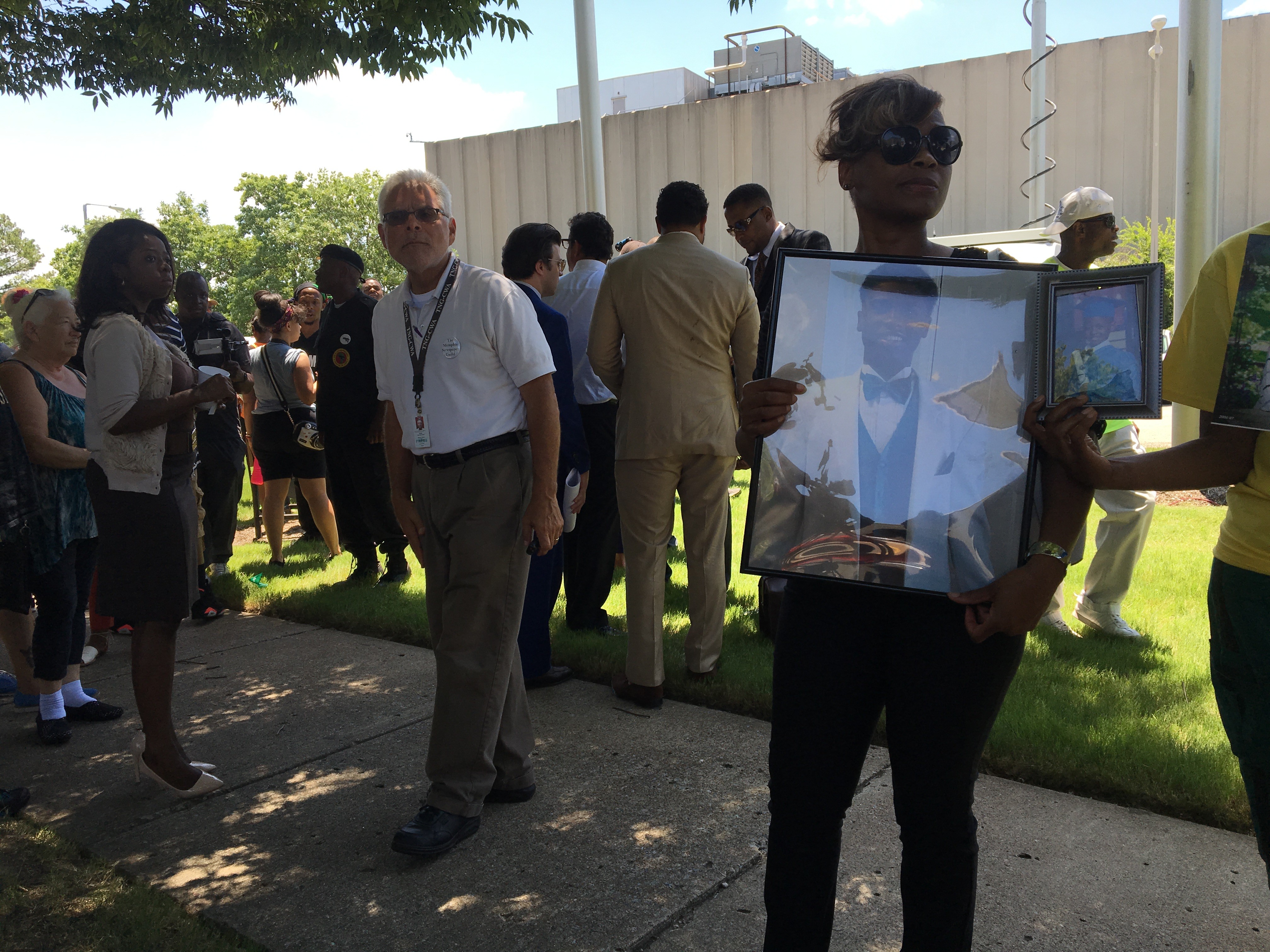 Joshua Cannon
Joshua Cannon 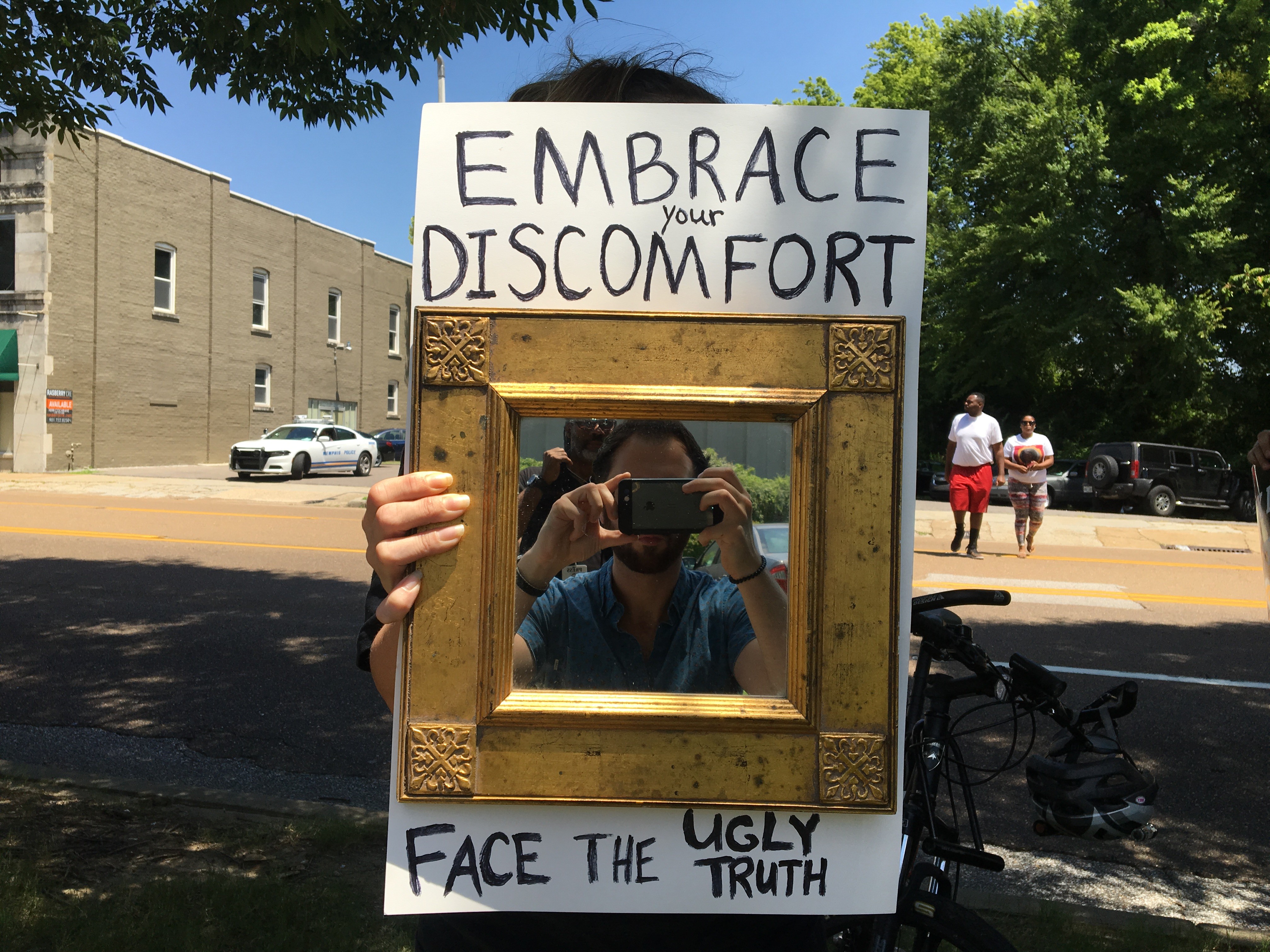 Joshua Cannon
Joshua Cannon 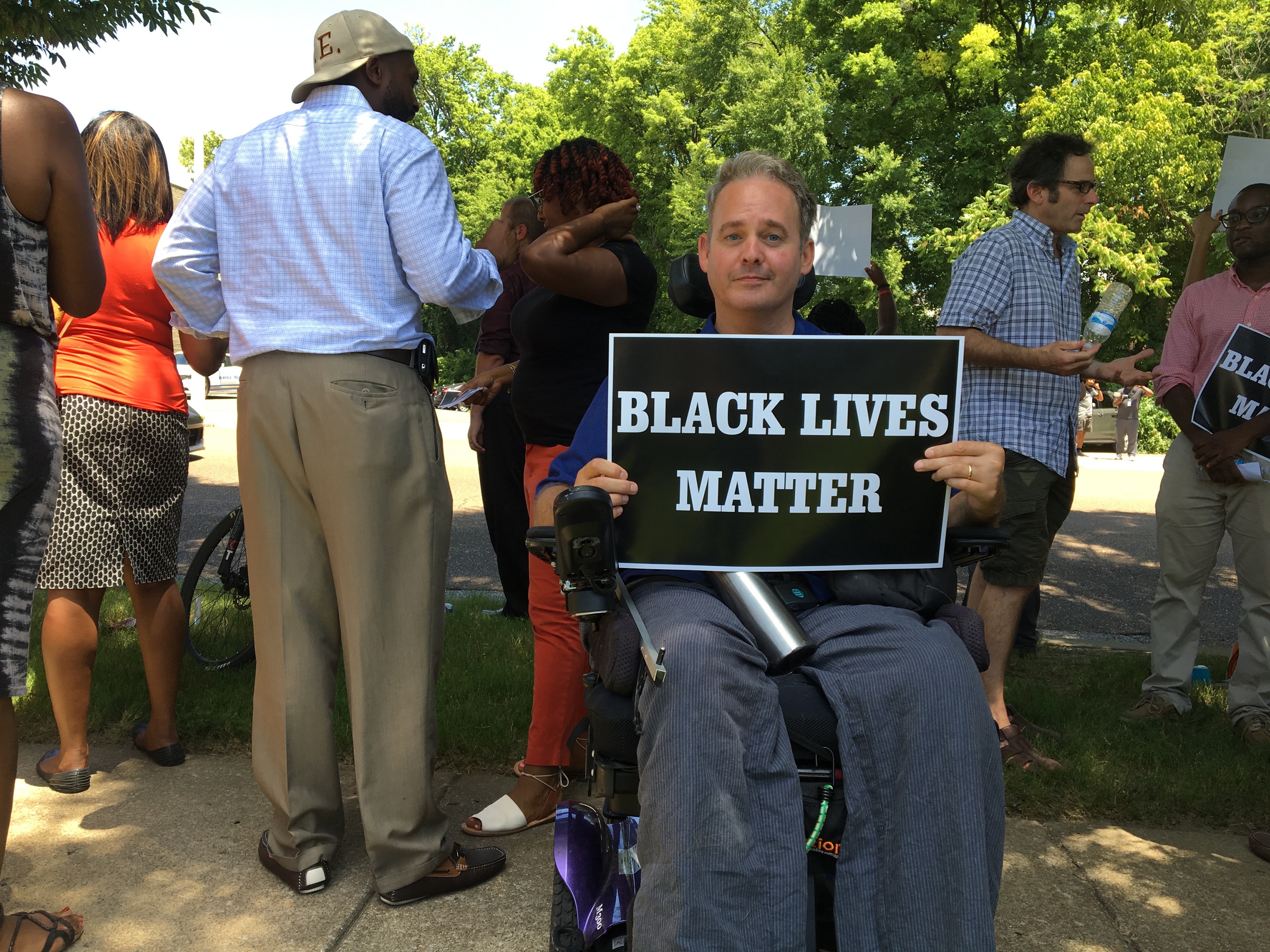 Joshua Cannon
Joshua Cannon 